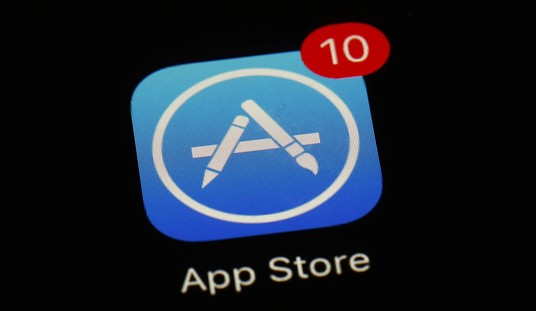While we wait for the voting in Indiana to wrap up, here’s an interesting story we missed from last month. The French are conducting an experiment in low Earth orbit which may at least begin the process of settling a lingering question regarding one aspect of Einstein’s theory of general relativity. How the heck does gravity actually work? (That may sound like a silly question, but we don’t really know.) I first picked up this story by way of a link from the guys at Mysterious Universe – a great podcast, by the way, if you’re looking for something geeky and funny – and it deals with a satellite that French Space Agency CNES just put into orbit.
As reported at Rappler, if this experiment turns out the way some fans of quantum mechanics expect, it could flip our understanding of the physical universe on its ear.
Setting off on a Russian Soyuz rocket will be Sentinel-1B with its Earth surveillance radar, and Microscope, a French-built orbiter seeking to poke a hole in Einstein’s theory of general relativity.
Sentinel-1B is the twin of Sentinel-1A, launched two years ago…
The 130-million-euro satellite will probe – with 100 times more accuracy than has been possible on Earth – the so-called “equivalence principle,” which says that a feather in a vacuum should fall at the same speed as a lead ball.
The experiment will compare the motion of two different objects “in almost perfect and permanent free fall” aboard the orbiting satellite, according to France’s CNES space agency, which financed 90% of the project.
If any difference in motion is observed, the equivalence principle would collapse – “an event that would shake the foundations of physics,” it states on its website.
It all goes back to the question of gravity being absolute in nature. Einstein famously claimed that, in a vacuum, a feather and a lead ball would fall at the same rate. But would they? This experiment is being conducted with two cylinders, one made of titanium and one made with a platinum-rhodium alloy. They will be placed in free fall as the satellite orbits the planet and observed over a period of two years. If Einstein is right, they should behave exactly the same. If they don’t… well, some adjustments to our understanding of the fundamental forces in the physical universe will be in order.
You can find any number of articles in science journals which describe the vast number of things we don’t actually know about gravity. Why is it so weak compared to the other fundamental forces? (There’s at least one theory out there which claims it doesn’t really originate in our three dimensional, visible universe and instead leaks through from a different dimension or a parallel universe.) How does it propagate? Is it a property of mass or actually a property of all of space and time?
Don’t stay home refreshing your browser waiting for the answers. This experiment will, as I said, run for a couple of years and then scientists will no doubt be fighting over and challenging the results for a long time after that. But it would be nice to start getting some answers to these questions. We’re probably not going to get very far toward inventing a usable warp drive if we can’t even define what gravity is.









Join the conversation as a VIP Member